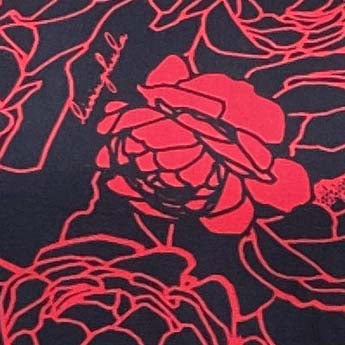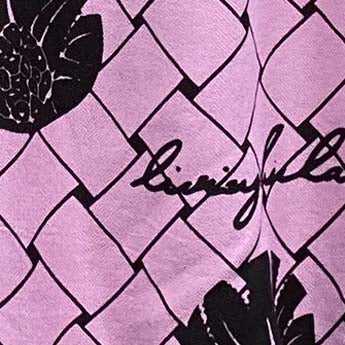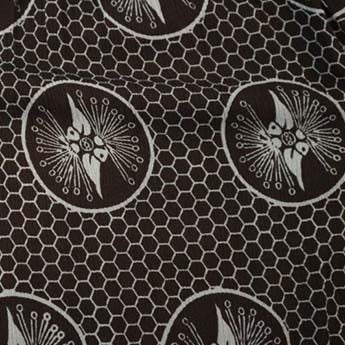Motif Descriptions

`Okika
At my Grandma’s house there were many hapu`u trees draped with hinahina. Under them sat hundreds of orchids. Occassionally, my Grandma would deliver those orchids to her friends in Pepe`ekeo. This motif is dedicated to the late Thelma Woo.
Galatians 6:8
“Whoever sows to please their flesh, from flesh will reap destruction;
whoever sows to please the spirit, from the spirit will reap eternal life.”

`Ohe Kāpala
This motif represents the bamboo stamping used by native Hawaiian people to create meaningful pieces of art.
Ephesians 2:10
“For we are God’s handiwork, created in Christ Jesus to do good works,
which God prepared for us to do.”

`A`ali`i
This motif represents the `a`ali`i shrub. The `a`ali`i is deeply rooted and does not bend in strong winds. It is a reminder to always stand firm and strong for what you believe. `A`ali`i grows abundantly along Saddle Road, which the lines represent. Saddle Road runs between our two strong mountains and connects the east and west side of Hawai’i Island. This motif is dedicated to my late father, Harold Napulani Ka`aumoana Kama, Sr.
Philippians 4:1
“Therefore, my beloved brethren whom I long to see, my joy and crown,
in this way stand firm in the Lord, my beloved.”

Lokelani
This motif represents the island flower of Maui. Lokelani is a fragrant, delicate pink rose that symbolizes love, beauty and balance. This print is dedicated to my daughters Nanea, Hulali and Lehia.
1 Corinthians 13
“Love never gives up, never loses faith, is always hopeful, and endures
through every circumstance.”

Lehua
This motif represents the ʻohia lehua flower. This endemic plant is the first to grow from a recent lava flow. `Ohia lehua is special because it is able to grow in the midst of destruction. This print was made in tribute to my husband David William Henriques Jr.
2 Peter 3:18
“But grow in the grace and knowledge of our Lord and Savior Jesus Christ.
To him be the glory both now and forever, Amen.”

Limu Kala
This motif represents the limu kala. Limu kala is used in the performance of a forgiveness ceremony called ho’oponopono. Limu kala is a cultural symbol of forgiveness.
1 John 1:9
“But if we confess our sins to him, He is faithful and just to forgive us
our sins and to cleanse us from all wickedness.”

Lauhala
This motif represents the hala tree. Lauhala are long, flexible, durable and water-resistant leaves woven together to make mats and many other beautiful things. This motif is in honor of my grandmother, Katie Manoa Kama, who was a master weaver.
Joshua 1:9
“Have I not commanded you? Be strong and courageous. Do not be afraid: do not be discouraged, for the Lord your God will be with you wherever you go.”

‘Ohana
This Motif represents ‘Ohana (family). Two lehua blossoms are husband and wife and liko (buds) are their keiki (children). The circle around the family is Akua (God) who protects them. ‘Upena (net) connects us all forever.
Psalm 103:07
“But from everlasting to everlasting the Lord’s love is with those who fear him, and his righteousness with their children’s children.”

Kalo
This motif represents the kalo (taro) plant. Kalo is a staple food for the Hawaiian people and is believed to have the greatest life force of all foods. Kalo is a cultural symbol to the core of our identity.
Ephesians 2:28
“God saved you by His grace when you believed. And you can’t take
credit for this, it is a gift from God.”





